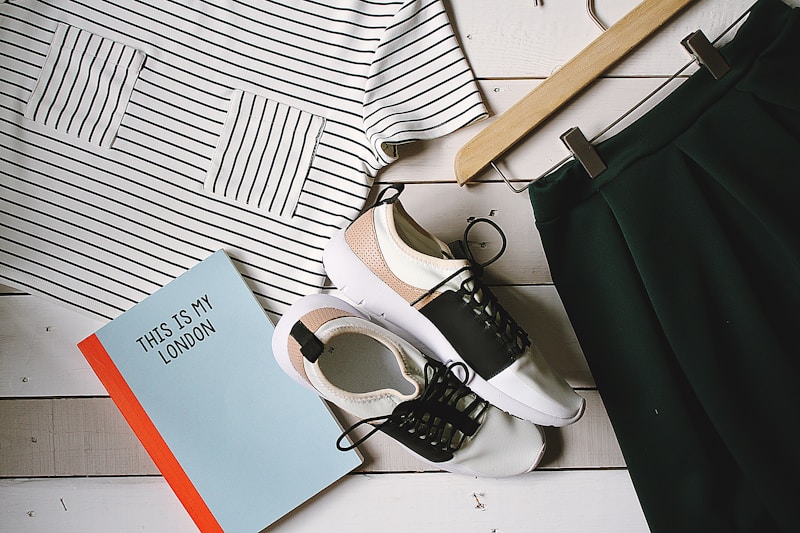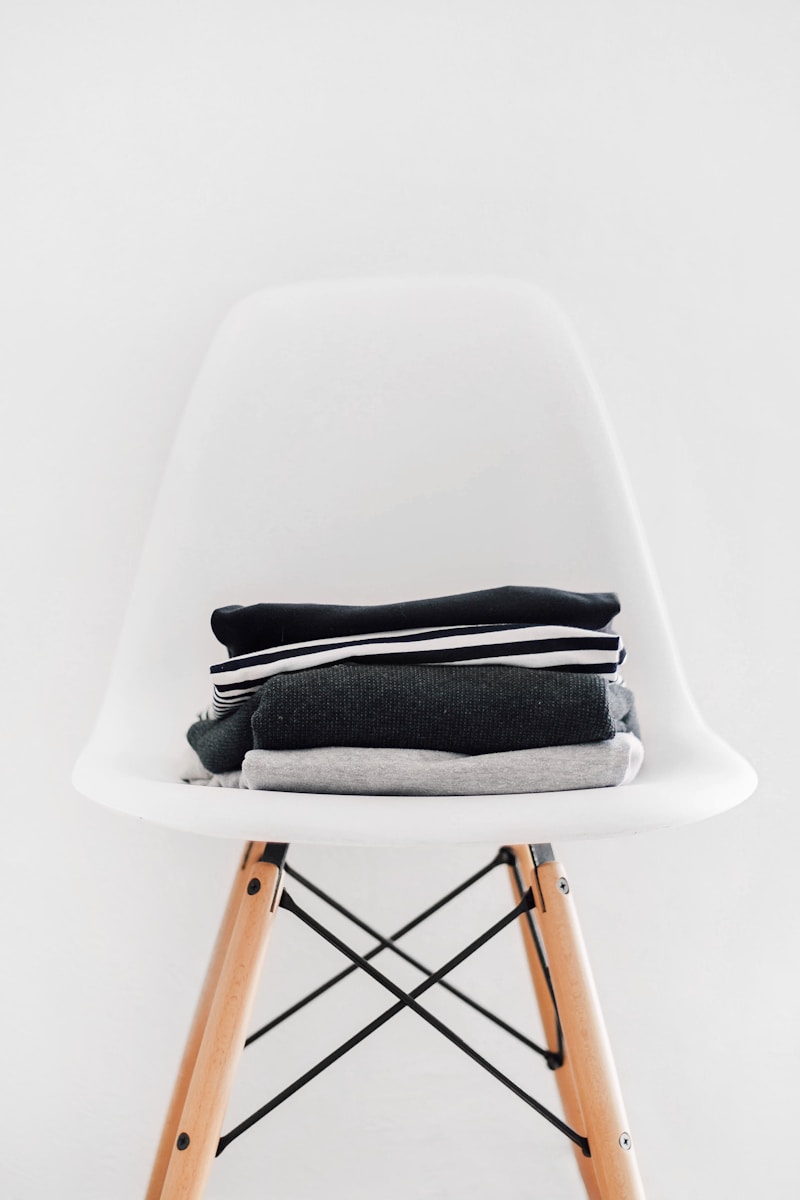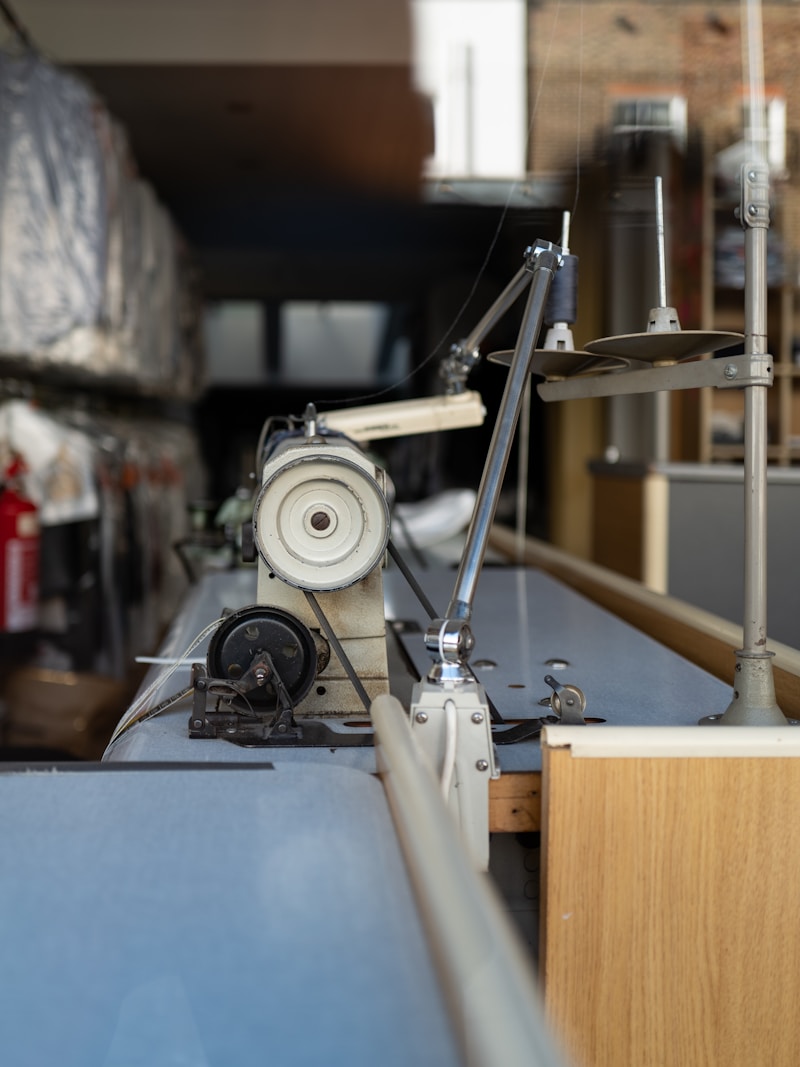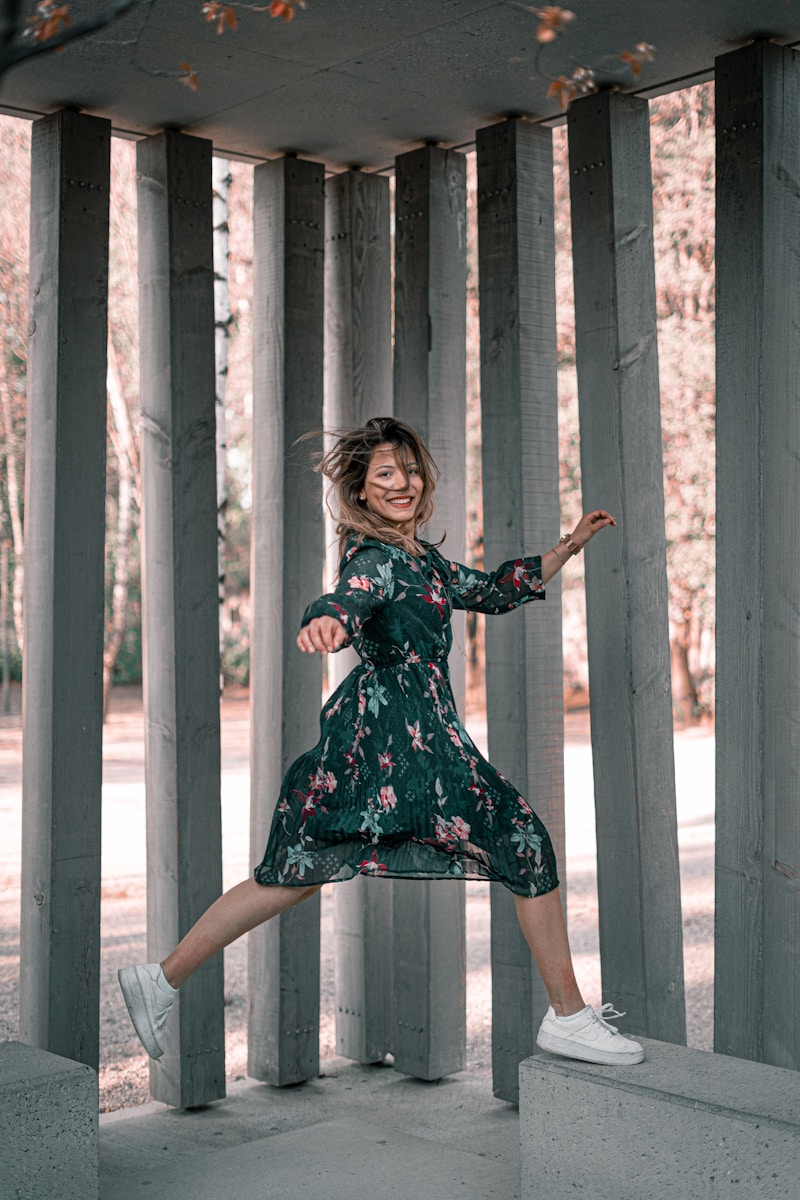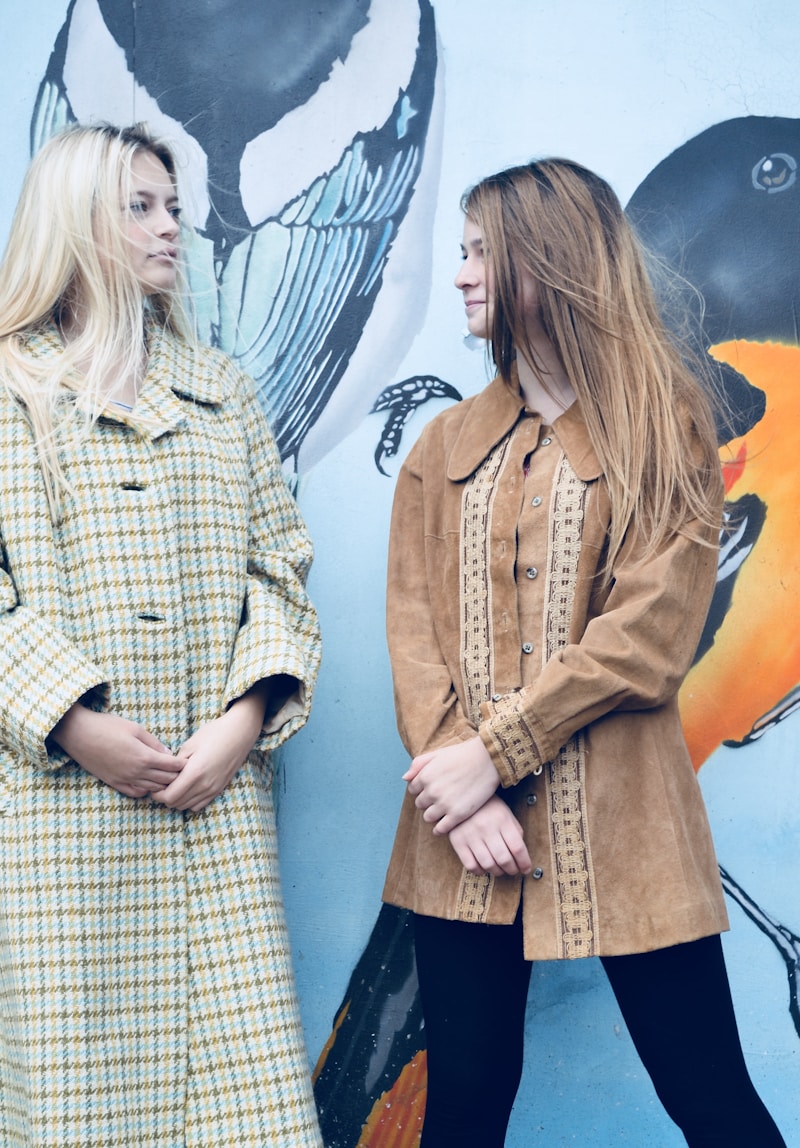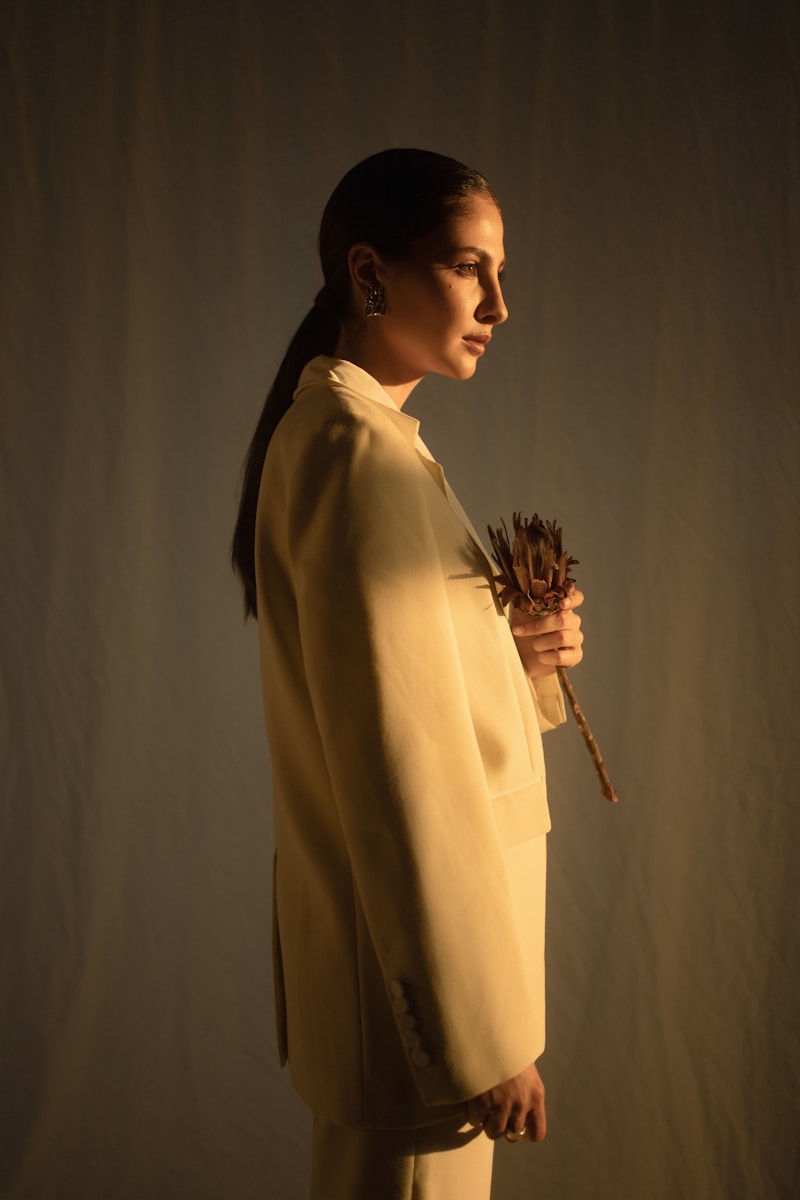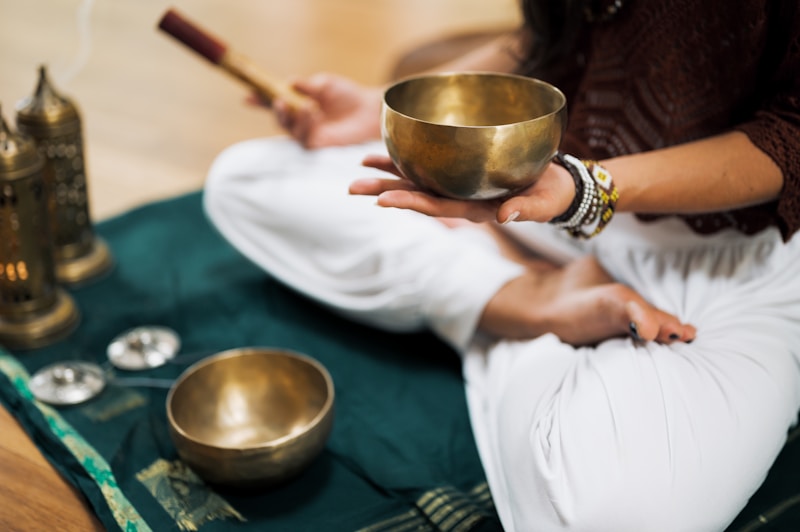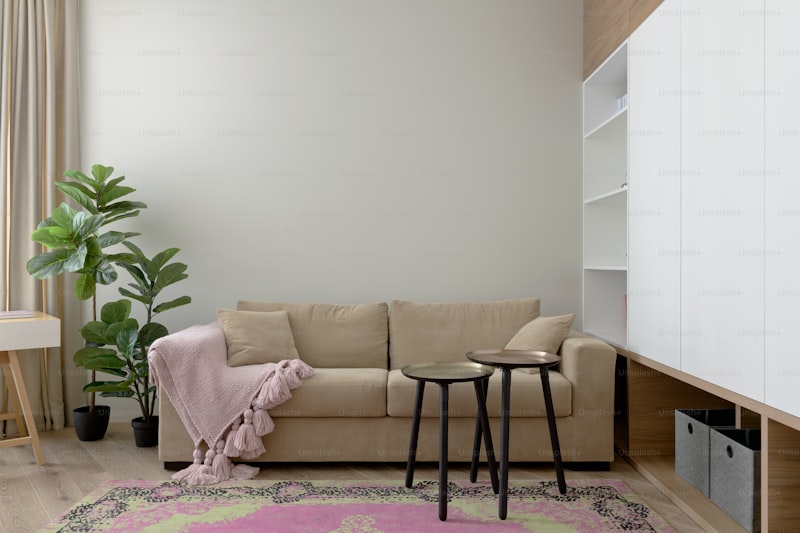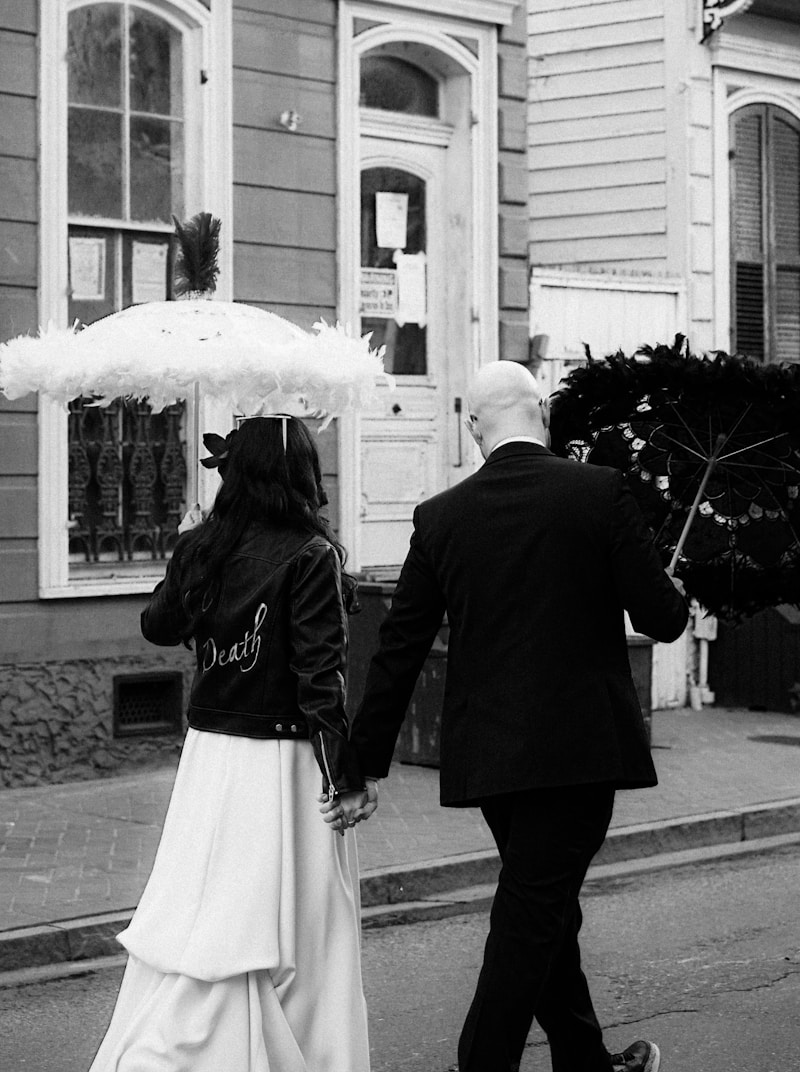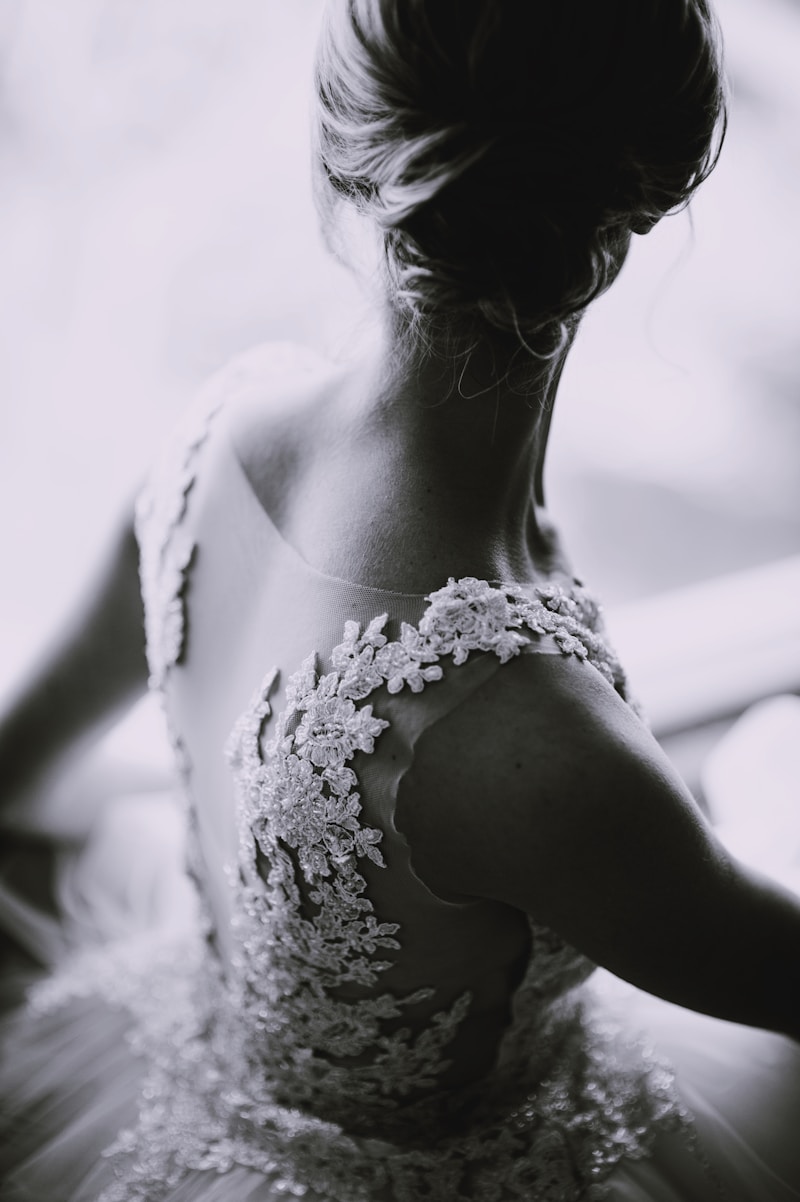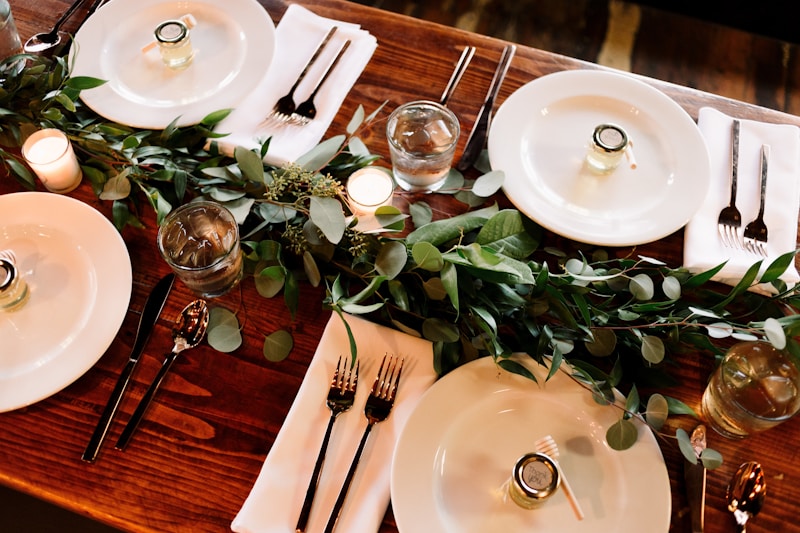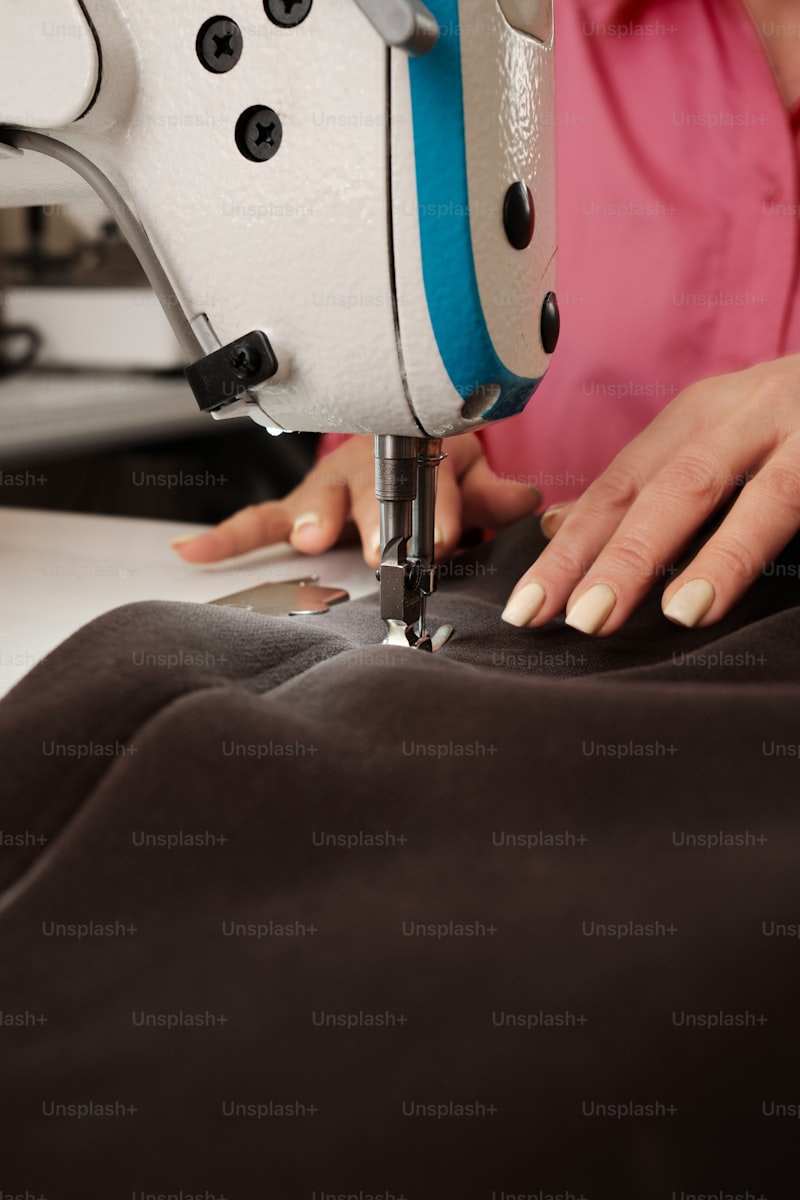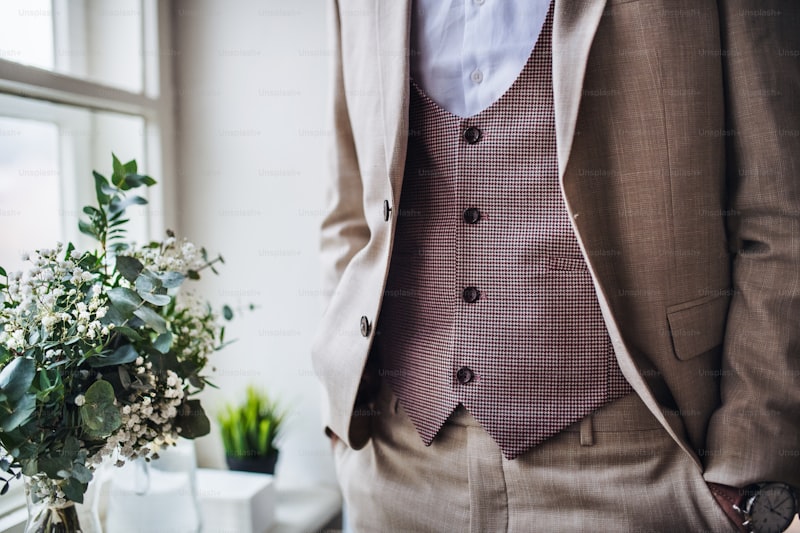Dresses and Body Shapes Compatibility: A Comprehensive Guide
When it comes to fashion, one of the most important factors to consider is how different dresses complement various body shapes. Understanding the compatibility between dresses and body shapes can enhance your personal style and boost your confidence. In this article, we will explore the different body shapes, the types of dresses that suit them, and some key tips on how to choose the perfect dress for every occasion.Understanding Body ShapesBefore diving into the compatibility of dresses and body shapes, let's explore the common body shapes:Body ShapeDescriptionExamplesAppleWider shoulders with a fuller bust and less defined waist.Kate WinsletPearNarrow shoulders and bust with wider hips.BeyoncéRectangleBalanced proportions with minimal curves.Anne HathawayHourglassDefined waist with proportionate bust and hips.Marilyn MonroeInverted TriangleWider shoulders and bust with narrower hips.Jessica AlbaThe Best Dresses for Each Body ShapeNow that we have a basic understanding of body shapes, let's discuss which styles of dresses are best suited for each body type:Apple ShapeFor those with an apple shape, the goal is to create a balanced silhouette. Opt for dresses that draw attention to the legs and enhance your natural curves. A-line dresses, shift dresses, and empire waist styles work best. Look for dresses with V-necks to elongate the torso.Pear ShapeIf you have a pear-shaped body, your thighs and hips are wider than your bust. Choose dresses that accentuate your waist and add ...
Designing a Custom Look: Unleashing Your Unique Style
Introduction to Custom DesignIn the world of fashion and personal expression, designing a custom look has gained significant traction. Whether you are looking to stand out in a crowd, express your individuality, or simply want something unique, custom designs offer a canvas to reflect your personal style. This article takes you through the process of designing a custom look, exploring everything from planning your design to the final execution. We will also touch upon some related questions that others are asking in this domain.Understanding Your StyleThe first step in designing a custom look is understanding your own style preferences. This can vary widely from person to person. Consider these points: What colors do you gravitate towards? Do you prefer classic, modern, or eclectic styles? Are there cultural influences that resonate with you?By answering these questions, you can begin to define your unique design aesthetic. This is crucial as it lays the foundation for your custom look.Researching Trends and InfluencersBefore diving into the design process, it's helpful to research current fashion trends and notable influencers in the custom design sphere. Looking at how others tackle designing a custom look can offer valuable insights and inspiration. Social media platforms such as Instagram and Pinterest are fantastic resources. You can follow influencers who specialize in custom looks to gather ideas.Sketching Your IdeasOnce you have a clearer idea of your style, ...
Sustainable Alterations for Gowns: The Eco-Friendly Approach to Fashion
In a world where environmental concerns are becoming increasingly crucial, the concept of sustainability is transcending beyond just production to include alterations as well. When it comes to enhancing the elegance and appeal of gowns, "Sustainable Alterations for Gowns" is taking center stage. This article explores the importance, methods, benefits, and best practices associated with sustainable alterations, providing a comprehesive guide for the fashion-forward and ecologically conscious.Understanding Sustainable Alterations Sustainable alterations refer to the practice of modifying gowns in a way that minimizes waste, reduces environmental impact, and promotes the use of eco-friendly materials and techniques. As more consumers become aware of the fashion industry's effects on the planet, seeking sustainable options for enhancing gowns becomes a necessary choice.Why Choose Sustainable Alterations? The decision to opt for sustainable alterations is not just an aesthetic one—it also aligns with ethical practices. Here are several compelling reasons to consider:1. Environmental Impact Minimized waste: Altering an existing gown means less fabric is discarded. Reduced carbon footprint: Using local tailors reduces the need for shipping and transportation. Conservation of resources: Repurposing and upcycling saves water and energy that would have been used to produce new materials. 2. Economic Benefits Cost-effective: Alterations can be less expensive than purchasing a new go...
Essential Emergency Alteration Tips for Fashion Emergencies
Introduction to Emergency Alteration TipsIn the fast-paced world of fashion, unexpected wardrobe malfunctions can occur at the most inconvenient times. Whether it’s a torn hem, a loosened button, or an ill-fitting dress, knowing some quick emergency alteration tips can save you from a fashion disaster. This article will delve into the essential techniques you need to handle common clothing emergencies swiftly and effectively.Identifying Common Clothing EmergenciesBefore we discuss the emergency alteration tips, it's critical to identify the types of clothing emergencies that may arise. Here are some common situations where you might need quick fixes:Emergency TypeDescriptionRip or TearA sudden tear in a seam or fabric can happen unexpectedly.Popped ButtonButtons can pop off due to stress, especially on fitted garments.Loose HemA fallen hem can make a garment look unkempt and unprofessional.Ill-fitting ClothingSometimes, your clothing choices may not fit perfectly, leading to discomfort.Quick Fix Techniques for Emergency AlterationsNow that we’ve established the common clothing emergencies, let’s dive into some effective emergency alteration tips that can help you resolve these issues in no time!1. Sewing a Rip or TearWhen you encounter a rip or tear, quick sewing can be the best solution. Here’s how to do it:Gather your tools: You’ll need a needle and thread that matches the fabric color, scissors, and a pin.Thread the needle: Take a length of thread and thread it through the...
Dresses for Every Season Modifications: Elevate Your Wardrobe All Year Round
Choosing the perfect dress for every season can be a daunting task. Sometimes, the options available in stores may not fit the current trends or your personal style. However, with a few modifications and creative thinking, you can transform your dresses to suit any season, making them versatile pieces in your wardrobe. In this article, we'll explore how to modify your dresses effectively while ensuring they remain stylish and comfortable.Understanding Seasonal Dress NeedsEvery season brings unique weather conditions that may influence how we choose to wear our dresses. Below are some considerations for each season that will help in making the necessary modifications:SeasonConsiderationsModification IdeasSpringWarm with occasional rainLayer with cardigans, use light fabricsSummerHot and sunnyOpt for sleeveless, breathable fabricsAutumnCooler temperaturesPair with boots, add tights or leggingsWinterCold and potentially snowyUse thicker fabrics, add layersYear-Round Dress ModificationsTo ensure you can wear your favorite dresses throughout the year, consider these universal modification tips:Adjustable Straps: If your dress has straps, opt for adjustable ones to ensure comfort and fit across different seasons.Detachable Layers: Look for dresses with removable components such as sleeves or overlays that can be added or removed based on the weather.Stretchable Fabrics: Fabrics with a little stretch can allow for layering or adding additional clothing without compromising comfort.V...
Accessorizing Enhanced Through Alterations: The Art of Customization
Understanding Accessorizing and Its ImportanceAccessorizing refers to the practice of adding items or elements to an outfit to enhance its overall look. It can transform a basic ensemble into something special and express individual style. Accessories can include jewelry, bags, shoes, belts, hats, and more. However, accessorizing is not just about choosing the right items; it also involves understanding how alterations can enhance these accessories. In this article, we will discuss how accessorizing enhanced through alterations can significantly elevate your fashion game.The Role of Alterations in AccessorizingAlterations are changes made to garments or accessories to improve fit, functionality, or aesthetics. In the realm of fashion, alterations can mean the difference between a good look and a stunning one. Whether it’s shortening a strap on a handbag or adjusting the length of a necklace, alterations can enhance how you accessorize significantly. Here’s how:1. Custom Fit for Comfort and StyleAccessories often require adjustments to ensure they fit well. For instance, a bracelet that is too loose or too tight may not only look awkward but can also be uncomfortable. Through alterations, you can customize accessories to ensure they sit perfectly, making them both comfortable and stylish.2. Tailoring to Personal StyleEvery individual has a personal style, and alterations can help to tailor accessories to match that style. Are you someone who loves the bohemian look? Adding tas...
Understanding Pre- and Post-Adjustment Care: Importance, Techniques, and Benefits
In today's fast-paced world, individuals are often seeking ways to enhance their well-being and health. Among various healthcare solutions, the concept of pre- and post-adjustment care has gained significant attention. This article delves into the importance of pre- and post-adjustment care, techniques involved, benefits, and frequently asked questions to provide comprehensive knowledge for anyone interested in these healthcare practices.What is Pre- and Post-Adjustment Care?Pre- and post-adjustment care refers to the treatment and practices implemented before and after an adjustment, typically in chiropractic or physical therapy settings. The goal is to prepare the body for adjustments and aid recovery afterward, ensuring maximum effectiveness of the treatment.The Importance of Pre- and Post-Adjustment CareBoth pre- and post-adjustment care are vital for optimizing treatment outcomes. They play a crucial role in enhancing the overall health of an individual, reducing the risk of injuries, and improving the effectiveness of adjustments.Benefits of Pre-Adjustment CarePre-adjustment care encompasses methods that prepare the body for the treatment process. Some of the benefits include:Reducing Muscle Tension: Techniques such as soft tissue massage can significantly reduce muscle tightness, making the adjustment process smoother.Improving Range of Motion: Pre-adjustment exercises help enhance mobility and flexibility in joints and surrounding muscles.Decreasing Anxiety: Establish...
Unlocking the Power of Personalized Alteration Consultations for Your Unique Fashion Needs
What are Personalized Alteration Consultations?In today's fashion-forward world, finding the perfect fit is essential. Personalized alteration consultations offer a tailored approach to clothing adjustments, ensuring that every piece reflects your unique style and body shape. These consultations are invaluable services provided by professional tailors and seamstresses, designed to meet individual needs, whether you are preparing for a special event, adjusting a wardrobe staple, or exploring sustainable fashion choices.Why Choose Personalized Alteration Consultations?There's a myriad of reasons why personalized alteration consultations have become increasingly popular among fashion enthusiasts: Perfect Fit: Achieve a fit that is perfectly tailored to your measurements. Style Enhancement: Elevate the design of your clothing with professional alterations. Sustainability: Make the most of your wardrobe by revamping pieces instead of discarding them. Convenience: Receive expert advice without the hassle of guesswork.The Process of Personalized Alteration ConsultationsThe journey of personalized alteration consultations typically involves several stages: Stage Description 1. Initial Consultation Discuss your style preferences, clothing needs, and any specific alterations required. 2. Measurements Expert tailors take precise measurements to ensure the best fit. 3. Fabric and Design Assessment ...
Creating a Couture Fit: The Ultimate Guide to Personalized Fashion
Introduction to Couture FitThe world of fashion is an ever-evolving playground filled with creativity, uniqueness, and expression. One of the most fascinating aspects of this industry is 'Creating a Couture Fit'—a term that exemplifies the art of bespoke tailoring. Whether you want to learn how to create a stunning couture fit for your wardrobe or understand what goes into making a custom-fit garment, this guide covers everything you need to know.What is Couture Fit?Couture fit refers to the process of designing and constructing garments that are tailored specifically to an individual's unique body shape and style preferences. Unlike ready-to-wear clothing, which is made in standard sizes, couture fits require meticulous measurements and exceptional craftsmanship to ensure a perfect fit. This level of personalization is often associated with high-end fashion designers, making it both exclusive and desirable.The Importance of a Couture FitA couture fit is significant for several reasons:Personalization: Every person has a distinct body shape, and a couture fit allows for a garment that complements individual proportions.Quality: Couture garments are made with high-quality fabrics and meticulous attention to detail, resulting in a superior product.Uniqueness: A couture piece is one-of-a-kind, ensuring that your wardrobe remains exclusive.How to Create a Couture FitCreating a couture fit involves several steps, each crucial to ensuring the final product meets your expectations. ...
Classic vs. Modern Alterations: The Ultimate Guide to Choosing the Right Style for Your Needs
Understanding the Differences: Classic vs. Modern AlterationsWhen it comes to tailoring and alterations, the terms "classic" and "modern" evoke different styles, techniques, and attitudes towards fashion. In this comprehensive article, we will explore the captivating world of alterations, comparing classic tailoring techniques with modern approaches. Whether you are looking to enhance your wardrobe or make an informed decision about your next alteration, this guide will provide valuable insights and various factors to consider.What Are Classic Alterations?Classic alterations refer to traditional methods of tailoring that have been passed down through generations. These alterations focus on timeless styles, emphasizing structure, craftsmanship, and quality. Tailors who specialize in classic alterations often employ techniques that allow garments to maintain their integrity and original design while enhancing fit.Key Characteristics of Classic Alterations Attention to Detail: Classic alterations place significant emphasis on precision and meticulous craftsmanship. Traditional Techniques: Techniques like hand-sewing, pad stitching, and canvas support are commonly utilized. Timeless Styles: Classic alterations cater to styles that stand the test of time, such as suits, dresses, and formal wear. Enduring Fit: The aim is to provide a flattering fit without compromising the garment's overall silhouette.What Are Modern Alterations?Modern alterations, on the other hand, em...
Discover the Revolutionary Techniques in Dress Alteration: Elevate Your Wardrobe
Understanding Innovative Techniques in Dress AlterationThe world of fashion is continually evolving, and dress alteration is no exception. Whether you're looking to breathe new life into an old dress, adjust a newly purchased item, or create a unique piece altogether, innovative techniques in dress alteration can enhance both the fit and the style of your garments. This article explores the various methods and trends in dress alteration that are transforming how we approach clothing customization.The Importance of Dress AlterationDress alteration is more than just resizing an outfit; it is about enhancing the overall look and feel of the clothing. A well-fitted dress can dramatically improve your appearance, making you feel confident and stylish. With innovative techniques, alterations can complement trending styles and personal preferences. Understanding these techniques can help anyone make informed decisions when it comes to altering their wardrobe.Common Techniques in Dress AlterationMany innovative techniques are being adopted in dress alteration. Each technique offers unique benefits, catering to different styles and preferences. Below are some of the most popular methods:TechniqueDescriptionBenefits1. Letting OutIncreasing the size of a garment by loosening seams.Perfect for weight fluctuations, ensuring the dress remains wearable.2. Taking InTightening a garment by adjusting the seams.Creates a tailored fit for body contouring.3. HemmingShortening or lengthening the s...
Balancing Comfort and Style in Fittings: The Perfect Blend for Your Space
In today’s fast-paced world, finding the perfect balance between comfort and style in fittings is essential for creating a harmonious living or working environment. Whether you're designing a cozy home, a chic office, or even a stylish retail space, achieving this balance can boost not only the aesthetic appeal of the area but also enhance the overall experience for those who inhabit it. This article will delve into the importance of balancing comfort and style in fittings, offering insights, tips, and practical advice that can help you achieve the perfect design. The Importance of Comfortable and Stylish FittingsFittings play a crucial role in any space. They not only define the aesthetics but also contribute to the functionality and comfort of an environment. Ideal fittings should reflect personal style while ensuring utmost comfort. Here are several reasons why it is vital to find this balance: Aesthetic Appeal: Stylish fittings can significantly enhance the overall look of a space, making it more attractive and inviting. Functional Use: Comfortable fittings improve usability, allowing individuals to relax and enjoy their surroundings. Health Benefits: Ergonomic fittings can support body posture, contributing to better physical health and reducing discomfort. Longevity: Quality fittings that marry comfort with style are often more durable, reducing the need for replacements.Understanding Comfort in FittingsWhen we talk about comfort in fittings, we generally refer to t...
Overcoming Challenges in Gown Adjustments: A Comprehensive Guide
When it comes to wearing a gown, whether for a wedding, a gala, or any special occasion, the fitting and adjustments can often pose challenges. Overcoming these challenges in gown adjustments is crucial for ensuring that the gown not only fits perfectly but also enhances the wearer's confidence and comfort. This article delves into the common challenges faced during gown adjustments and provides insights on how to overcome them effectively.Understanding Gown AdjustmentsGown adjustments involve tailoring a gown to fit the individual perfectly. This may include elements like shortening or lengthening the hem, adjusting the bust or waist, and even altering the sleeves. Each of these adjustments requires a skilled hand to ensure that the integrity of the design is maintained while achieving the perfect fit.Common Challenges in Gown AdjustmentsThere are several challenges one might face during the gown adjustment process:ChallengeDescriptionSize InconsistencyDifferent brands often have varying sizing charts, which can lead to confusion when selecting the right size gown.Complex DesignsGowns with intricate designs may require more skill and experience to alter without compromising the design.Fabric LimitationsCertain fabrics may be more difficult to adjust due to their structure or pattern.Communication with TailorMiscommunication about adjustments can lead to unsatisfactory outcomes.Timeline ConstraintsRushing the alteration process can result in less-than-perfect adjustments.Over...
Expert Tips for Sizing Wedding Outfits
Your Ultimate Guide to Wedding Outfit SizingChoosing the perfect outfit for a wedding can be a daunting task, especially with the multitude of styles and sizes available. This guide provides expert tips for sizing wedding outfits to ensure you look flawless on the big day.Understanding Wedding Outfit SizesWedding outfits come in various designs, from classic tuxedos to elegant dresses. Understanding sizing is crucial to make sure everything fits just right. Below, we’ll cover how to measure correctly and the importance of considering fabric and fit when choosing your attire.Measurement EssentialsWhen it comes to sizing, accurate measurements are key. Here’s a list of standard measurements needed:MeasurementHow to MeasureBustMeasure around the fullest part of your bust while keeping the tape parallel to the floor.WaistFind your natural waistline (usually just above the belly button) and measure around it.HipMeasure around the fullest part of your hips, ensuring the tape is level.InseamMeasure from the top of your inner thigh down to your ankle.The Importance of FitNow that you have your measurements, the various fits should be discussed. Whether you are considering a traditional wedding gown or a tailored suit, understanding how the outfit should drape and sit is crucial.Common Fits to ConsiderHere are a few common fits to keep in mind:A-line: Flattering for most body types, it cinches at the waist and flows out, making it a popular choice for brides.Straight Cut: Offers a mor...
Essential Guide to Dress Adjustment for Maternity Brides
Understanding Dress Adjustment for Maternity BridesWeddings are a time of joy and celebration, but for maternity brides, this joyous occasion comes with unique challenges. As your body changes during pregnancy, it’s essential to ensure that your wedding dress fits perfectly. You want to feel beautiful and comfortable as you say, “I do.” This article explores the various aspects of dress adjustment for maternity brides, offering advice, tips, and considerations to help you find the perfect gown.The Importance of Dress AdjustmentWhen pregnant, a bride may face various body changes that make finding the right wedding dress a bit complicated. Dress adjustment plays a crucial role in ensuring that your gown fits properly and flatters your figure. Below are a few reasons why it's important: Comfort: A properly adjusted dress allows for ease of movement, which is essential when you have a growing baby bump. Style: Maternity brides want to maintain their sense of style. Dress adjustments can ensure that the dress aligns with your vision while accommodating your body changes. Confidence: Knowing that you look and feel great in your gown adds to the overall confidence on your special day.Common Adjustments for Maternity DressesSeveral types of adjustments can be made to wedding dresses for maternity brides. Here are some common methods:Adjustment TypeDescriptionIncreased Bust SizeAdjusting the bodice to accommodate a larger bust.Empire WaistlineThis design features a raised wa...
Finding the Right Seamstress for Special Gowns: A Comprehensive Guide
When it comes to special occasions, the gown you wear can make a significant impact. Whether it's for a wedding, prom, or any formal event, finding the right seamstress to craft your dream gown is crucial. In this guide, we delve deep into the process of choosing the ideal seamstress, highlighting important factors, and helping you make an informed decision.Understanding the Importance of a Skilled SeamstressA gown is more than just a piece of clothing; it embodies your style and personality. A skilled seamstress must grasp your vision and translate it into a beautifully crafted gown. The right seamstress will not only provide expert tailoring but also offer insights on fabric selection, design elements, and finishing touches that elevate your gown from ordinary to extraordinary.Key Qualities to Look ForWhen searching for a seamstress for special gowns, consider these essential qualities: Experience: Look for a seamstress with proven experience in gown making. A portfolio showcasing previous work can be very telling. Communication Skills: Effective communication is vital. Your seamstress should actively listen to your ideas and provide constructive feedback. Attention to Detail: When it comes to gowns, even the smallest detail can make a big difference. Choose someone who pays meticulous attention to every aspect of the gown. Creativity: The ability to adapt designs and create unique pieces tailored to your style is important. Reputation: Online reviews and ref...
Bespoke Alteration Services for Unique Designs: Elevate Your Style
In the realm of fashion, uniqueness stands out. Each individual has their own style, and bespoke alteration services offer a perfect solution for those seeking to tailor their clothing to fit their personal taste. In this article, we will explore the benefits of bespoke alteration services for unique designs, why they are essential for enhancing your wardrobe, and what to look for when choosing the right service provider.Understanding Bespoke Alteration ServicesBespoke alteration services go beyond typical tailoring by providing a personalized experience. Whether you have a designer piece that requires a little adjustment or a vintage item needing a modern touch, bespoke alteration services focus on achieving a perfect fit and enhancing the overall aesthetic of the garment.Why Choose Bespoke Alteration Services?Many wonder why bespoke alterations are necessary when off-the-rack clothing is readily available. Below are several compelling reasons: Reason Description Perfect Fit Bespoke alterations ensure garments fit perfectly to your body shape, enhancing comfort and appearance. Unique Style Customize your clothes to reflect your personal style through adjustments in length, structure, or embellishments. Quality Preservation Expert alteration services can maintain the integrity of high-quality fabrics and craftsmanship, extending the life of your clothing. Eco-Friendly By choosing to alter and personalize existing garments rathe...
Adjustments to Enhance Train Features: Transforming Rail Travel in the Modern Era
IntroductionWith the rapid advancement of technology, the demand for efficient and safe rail travel has surged. In this article, we will discuss Adjustments to Enhance Train Features that are revitalizing the railway industry. These adjustments not only improve operational efficiency but also significantly enhance passenger satisfaction. Let’s delve into how these modifications are shaping the future of train travel.Understanding Train Feature EnhancementsWhen we talk about adjustments to enhance train features, we are referring to a broad range of improvements in technology, comfort, safety, and accessibility. These enhancements can be categorized into several aspects: Technological Advancements Passenger Comfort Safety Solutions Environmental Sustainability1. Technological AdvancementsOne of the primary areas of enhancement is technology. Innovative tools such as real-time data tracking, predictive maintenance, and advanced signaling systems are revolutionizing train operations. For instance, real-time data tracking allows companies to monitor train performance closely, ensuring timely adjustments are made to enhance efficiency.Moreover, the incorporation of Internet of Things (IoT) technology helps in creating smart trains that can communicate seamlessly with each other and the track systems. This leads to improved scheduling and fewer delays.2. Passenger ComfortEnhancing passenger comfort is a crucial adjustment that train service providers are focusing on. Th...
Mastering Timely Alteration Scheduling for Enhanced Project Efficiency
Understanding Timely Alteration SchedulingIn today's fast-paced work environment, the concept of Timely Alteration Scheduling has emerged as a crucial factor in project management. This approach allows teams to adapt to changes efficiently without losing momentum. In this article, we will explore the significance of timely alteration scheduling, key strategies to implement it, common challenges faced, and provide valuable tips for effective management.What is Timely Alteration Scheduling?Timely alteration scheduling refers to the strategic planning and execution of changes or modifications within project timelines. The goal is to ensure that alterations do not disrupt the overall schedule, thereby allowing for a seamless workflow. This practice is especially beneficial in sectors where project requirements shift frequently, such as construction, software development, and event planning.The Importance of Timely Alteration SchedulingIncorporating timely alteration scheduling can lead to improved operational efficiency and customer satisfaction. Here are a few reasons why it is essential: Flexibility: Teams can adapt to changes without derailing project timelines. Cost Savings: By scheduling alterations effectively, organizations can minimize additional costs due to delays. Improved Communication: This practice fosters better communication among team members and stakeholders regarding changes and their implications.Strategies for Effective Timely Alteration SchedulingIm...
Maximizing the Dress's Potential with Alterations: An Essential Guide
In the world of fashion, a dress is more than just a garment; it reflects personal style, confidence, and elegance. However, many people struggle to find that perfect dress that fits flawlessly. This is where alterations come into play. Maximizing the dress's potential with alterations can transform a standard piece into a stunning wardrobe staple. In this guide, we will explore the importance of dress alterations, common alterations, and tips for working with a tailor. By the end of this article, you'll understand how to enhance your dresses to suit your unique style.The Importance of Dress AlterationsWhen it comes to fashion, a dress can make or break an outfit. However, an ill-fitting dress can lead to discomfort and a lack of confidence. Here are several reasons why dress alterations are essential:ReasonDescriptionImproved FitAlterations can create a more tailored fit that complements your body shape.Enhancement of FeaturesAdjustments can help accentuate your best features while downplaying areas you might want to conceal.Custom StyleModifying a dress allows you to add personal flair, such as changing hemlines, altering sleeves, or adding embellishments.Extended LifespanRegular alterations can prolong the life of your favorite dresses, making them more versatile for various occasions.Common Dress AlterationsThere are several common alterations that can be performed to maximize a dress's potential. Let's delve into the most popular options:1. Hem Length AdjustmentOne of th...
